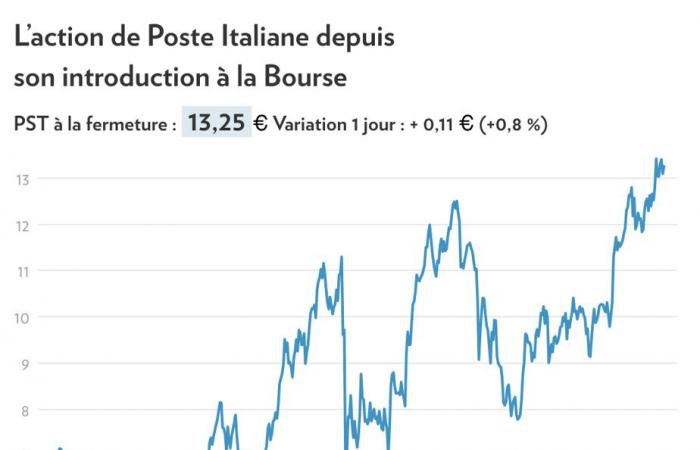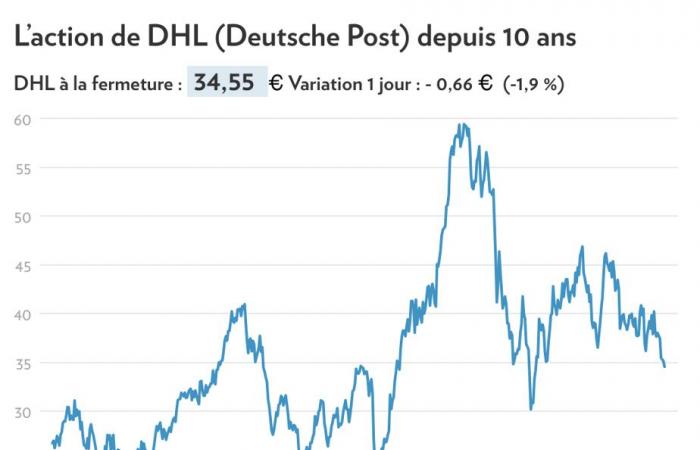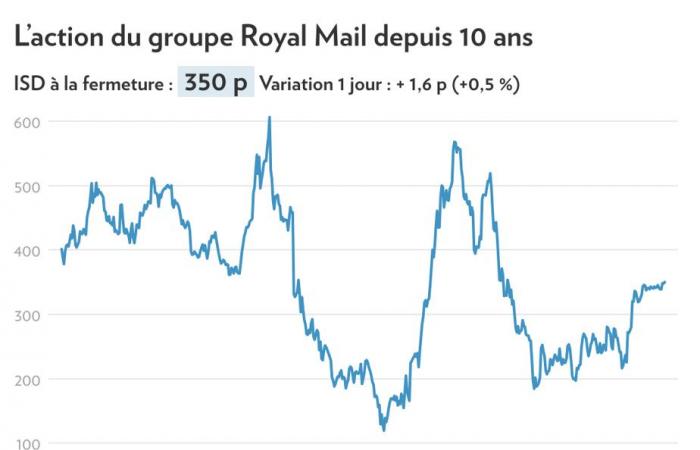Do you know of a heavily loss-making private company that is capable of granting salary increases of 24% over four years? Me neither.
Published at 7:30 a.m.
Yet this is what the Canada Post union is demanding, whose 55,000 employees have been on work stoppage since November 15, after a vote of support from 95% of its members.
The union is asking for 24% over four years, while the federal Crown corporation is offering 11.5%, in addition to demanding flexibility to better cope with competition (delivery seven days a week).
Canada Post, you should know, has been making losses every year for six years. Over that period, after-tax losses totaled $1.6 billion, with the company saying it will run out of cash by early 2025.
These losses can be explained in particular by the drop in letter volumes caused by the explosion of electronic communications, combined with an increase in costs.
Germany, United Kingdom, Sweden…
It’s hard to imagine a more difficult negotiation context. It’s also difficult to imagine that things would work out this way if Canada Post were a private or quasi-private company, like the postal services of Germany, Italy and the United Kingdom, for example.
Precisely, by making the comparison, it is clear that Canada Post is in much more precarious health than its peers in other countries which are private. Or even PostNord, a company owned by the Swedish (60%) and Danish (40%) governments which has liberalized its practices and which operates in a geographical context quite similar to that of Canada.
To compare these companies of different sizes, I brought back the financial data per capita. The comparison is imperfect, since the service territories of European companies are no longer compartmentalized, but it gives an interesting portrait of these former state companies.
First observation: over the last five financial years, Canada Post has incurred overall losses representing $38 per capita.
In comparison, the other four companies are profitable, with profits over the entire period varying between $15 and $252 per capita. The German company Deutsche Post AG is by far the most profitable.
Several reasons could explain this large discrepancy. Canada Post has higher labor costs ($157 per capita) than the average of the companies compared and, above all, it generates much less revenue.
Thus, labor costs represented 65% of Canada Post’s revenues in 2023, compared to 39% at PostNord, 43% at Poste Italiane Group and just over 50% for the postal services of Germany and of the United Kingdom.
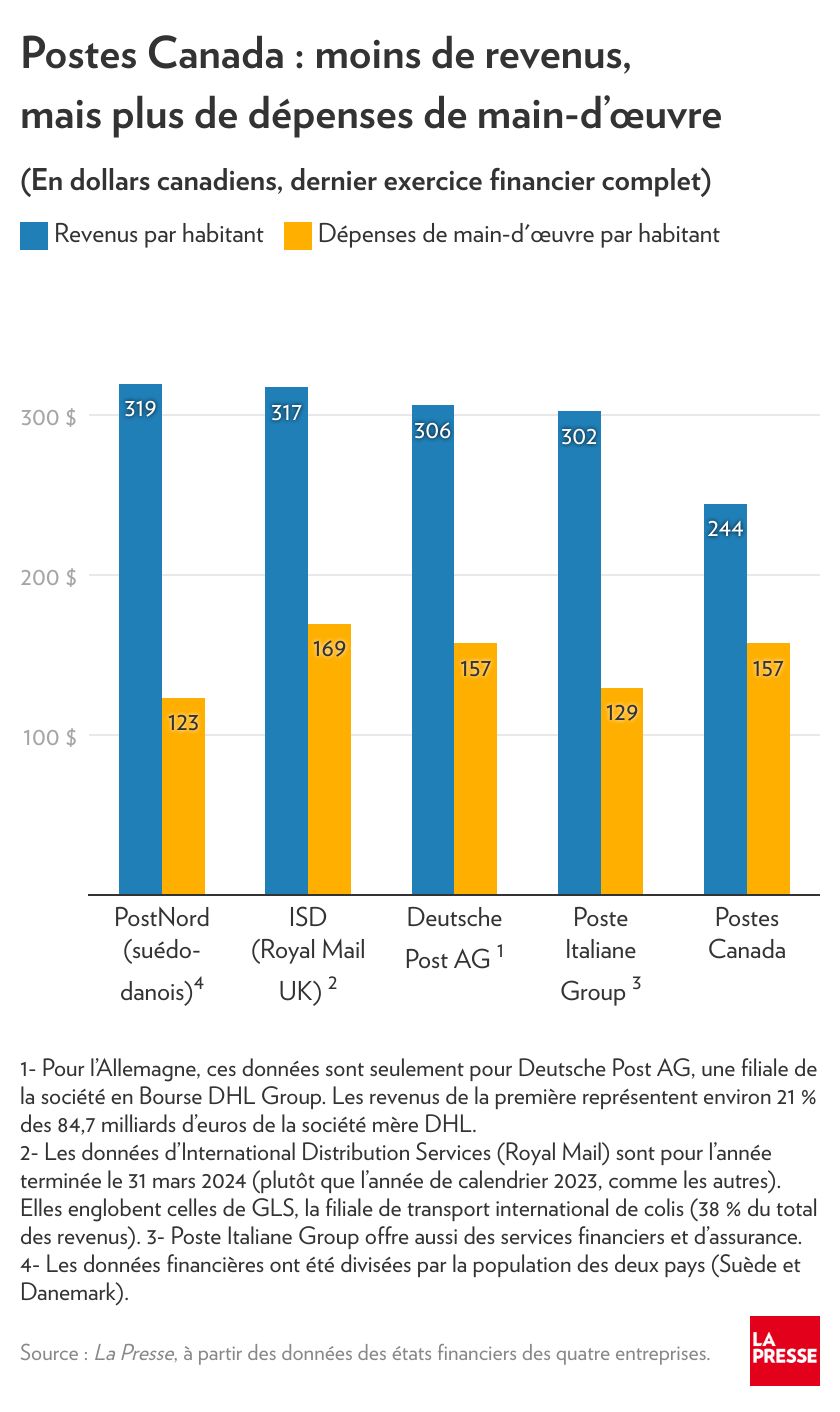
Various other elements must be taken into consideration. Canada’s large geographic area, its relatively low population density and its climate are likely to increase its costs.
Canada Post’s universal distribution obligation must also be taken into account, although this is the case for most other postal services as well, although with different parameters.
In some places, for example, the state subsidizes or has subsidized the postal services of private companies to compensate for higher costs in the regions. Since 2024, however, the universal service obligation is no longer required for PostNord in Sweden and Denmark.
Another element: in Italy, Poste Italiane Group – 35% privatized – offers important financial and insurance services, which explains its great profitability. Such financial services were suggested by some for Canada Post a few years ago, given the extent of its regional network, but the idea was not accepted.
For its part, the German company Deutsche Post benefits from the decision taken in 2002 to acquire the American DHL, a parcel transport company that has become enormous, with a presence in 220 countries. To make a fair comparison, the Deutsche Post AG data I compared excludes that of DHL.
Finally, let us point out that by becoming private, European postal companies had more latitude over the price of services (stamps) and the management of expenses. The quality of service is also sometimes criticized, as is the case in the United Kingdom.
In addition to PostNord, these European companies are listed on the stock exchange, which requires them to be profitable. The evolution of their stock price since their privatization around ten years ago gives a good idea of their evolution.
What would have been the situation at Canada Post if Stephen Harper’s Conservative government had accepted the privatization of the company and its IPO in 2006?
-
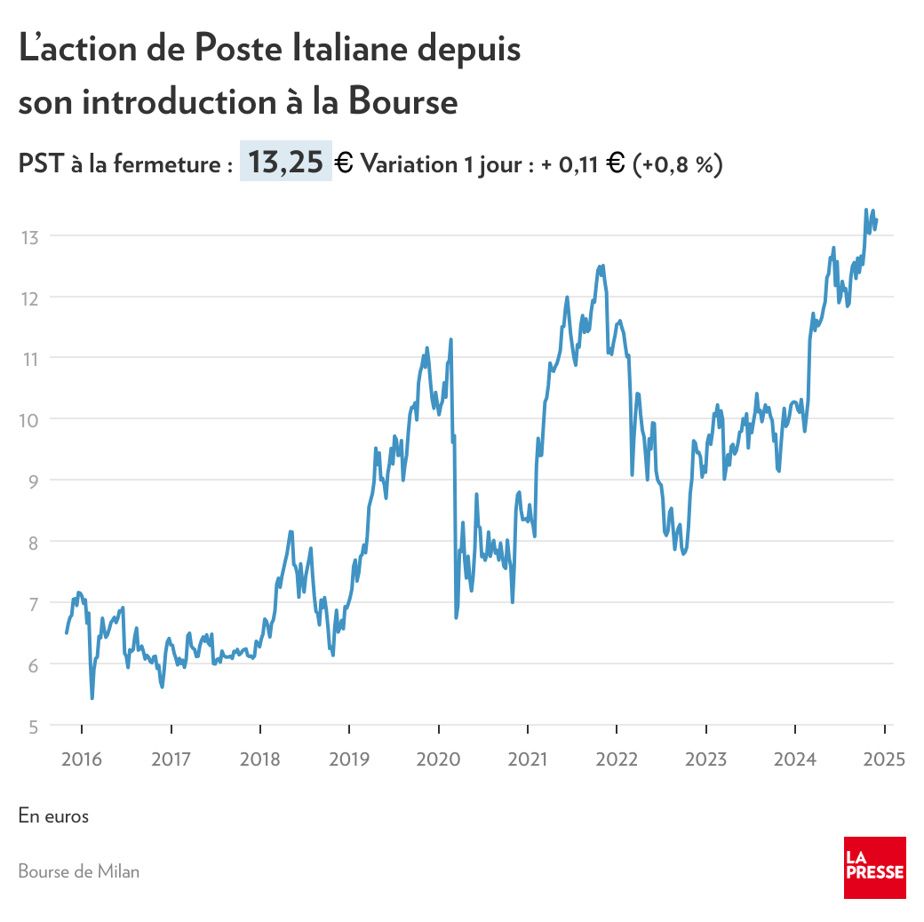
INFOGRAPHICS THE PRESS
-
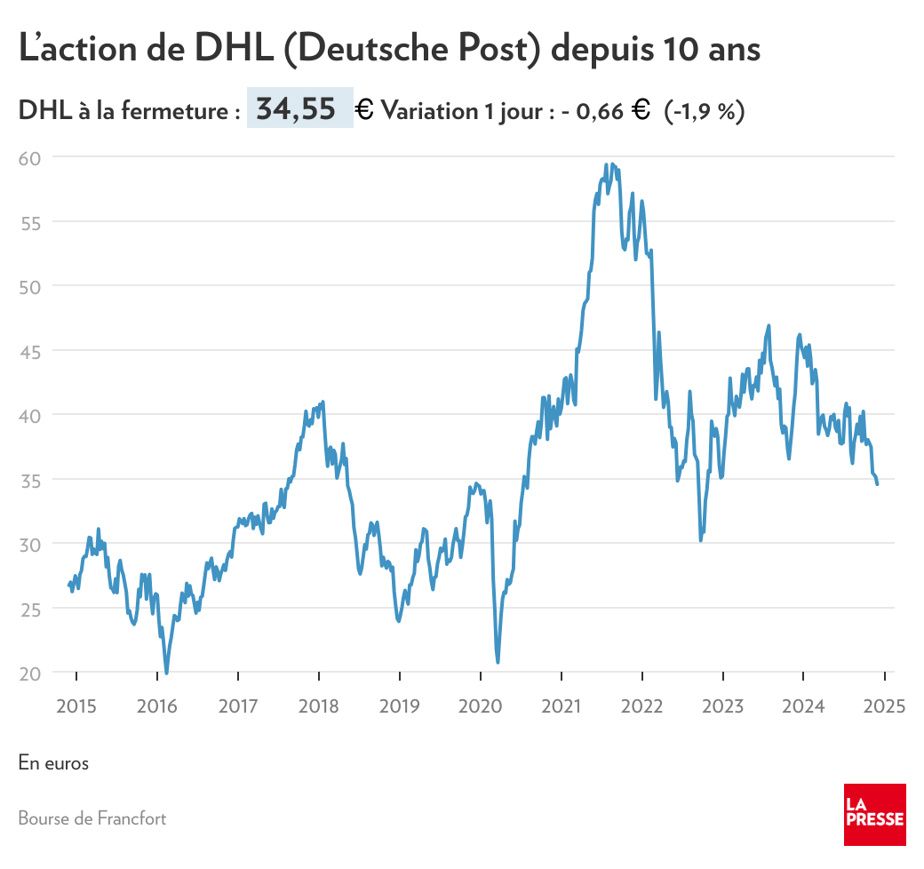
INFOGRAPHICS THE PRESS
-
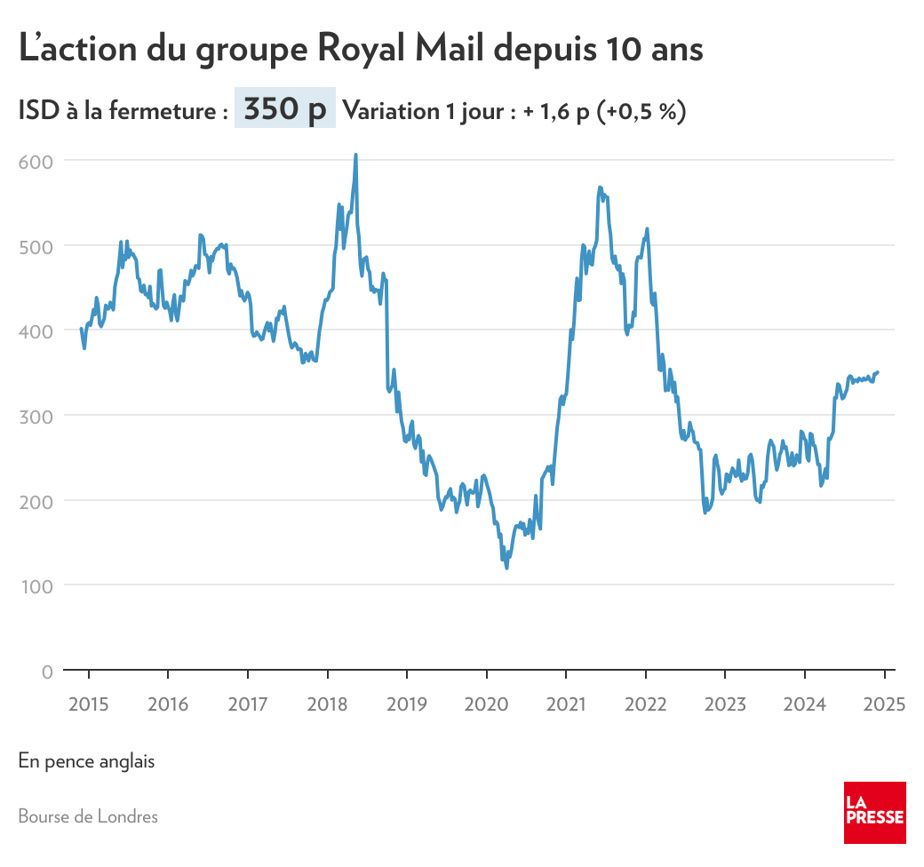
INFOGRAPHICS THE PRESS
1/3
In any case, for Canada Post, it is difficult to see how the two camps can come together because the gap is so large between union demands and employer offers.
Will there still be a need for intervention from the federal Minister of Labor, Steven McKinnon, as he did for ports and rail transport? In which case, should we conclude that the unions of monopolistic or quasi-monopolistic companies have too much power, given the effects of their labor conflict on the population?
On -, the minister declared that he would not intervene, that the Canada Post model must be changed. This could all end badly…




